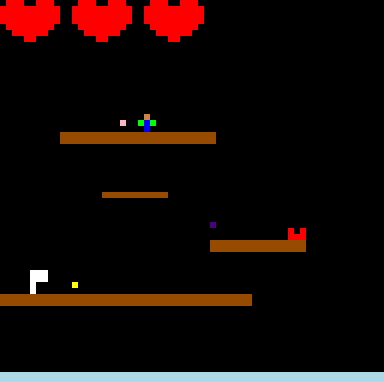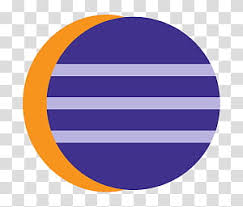Assembly Minigame
A minigame where players avoid hazards and collect power-ups to complete levels.

About
Developed as a solo project for the Computer Organization (CSCB58) course at the University of Toronto, this minigame was built entirely in MIPS Assembly using the MARS simulator. The game provided a practical opportunity to apply low-level programming concepts, such as CPU instruction execution, memory addressing, and control flow.
Core Mechanics
Player Movement
Responsive WASD controls for character navigation.
Physics System
Gravity and platform collision detection mechanics.
Power-ups
Collectible items providing extra lives and temporary immunity.
Environment Hazards
Interactive hazards including fire and water obstacles.
Level Progression
Multi-level gameplay with progressive difficulty and win conditions.
Technologies Used
MIPS Assembly
Language
MARS
Simulator
Eclipse
IDE
Game Demo
What I Learned
This project was a rewarding challenge that acted as an introduction to how software interacts with hardware at the instruction level. I learned to think critically about performance, memory efficiency, and debugging in a low-level environment. It also made me appreciate abstractions in higher-level languages and sparked a lasting interest in systems programming and computer architecture.


